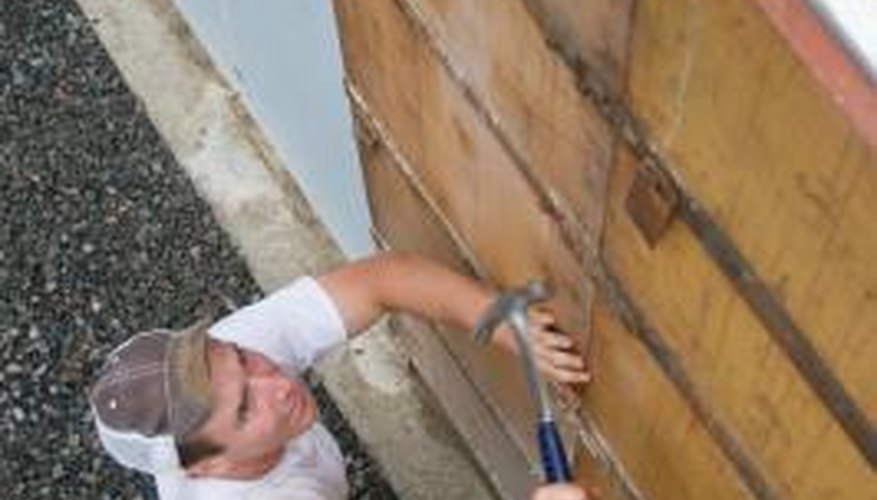Styrofoam is a brand of polystyrene insulation that is used in the construction of buildings. Knowing the characteristics of the material is helpful in deciding whether styrofoam is the most suitable insulation material for your project. The product has manufactured by Dow Building Solutions since the 1940s. Styrofoam is a trademark of the company and should not be confused with other polystyrene products, such as packaging material.
Physical characteristics
Styrofoam is blue and is normally smooth on both sides, with the exception of Perimate DI-A and Roofmate LG-A products. It is made from extruded foamed polystyrene and its structure consists of small, closed cells.
Clean
Styrofoam is resistant to mould and rot, making it a clean material to work with. This is a handy feature in a home since it can be used to keep moisture from seeping into the interior. It is also odourless and does not create dust.
Strength and durability
Styrofoam boards can be bought in a range of compressive strengths depending on how much weight it will be expected to support. When it is required for use in load-bearing situations, the strength imbued by its closed-cell structure keeps it from losing its shape as it is difficult to compress. Styrofoam boards are designed to last as long as the building into which it is installed.
Water resistance
One of the most important of Styrofoam's characteristics is that it does not absorb much water, which is why it is a suitable material to use when insulating a house. It is resistant to precipitation and water vapour. Additionally, it will not be damaged by repeated freeze/thaw cycles. Because of its low water absorption and durability, the product can last for a long time without its performance being compromised.
- One of the most important of Styrofoam's characteristics is that it does not absorb much water, which is why it is a suitable material to use when insulating a house.
- Because of its low water absorption and durability, the product can last for a long time without its performance being compromised.
Temperature and fire resistance
Styrofoam should be kept at a maximum of 75 degrees Celsius (167 degrees Fahrenheit) and will melt if it touches hot materials. A flame retardant ingredient is added to the product but it can still catch fire. While it may be able to resist a small fire, it can burn quickly in a more significant blaze. It is recommended that measures be taken to protect Styrofoam insulation from direct contact with potential fires when it is installed and that it is not exposed to flames during storage. People installing Styrofoam are also advised not to leave it in direct sunlight for too long as the surface of the board could sustain damage.
- Styrofoam should be kept at a maximum of 75 degrees Celsius (167 degrees Fahrenheit) and will melt if it touches hot materials.
- People installing Styrofoam are also advised not to leave it in direct sunlight for too long as the surface of the board could sustain damage.
Thermal insulator
Perhaps the most important characteristic of Styrofoam as insulation is the fact that it is difficult for heat to pass from one side of the board to the other. This is called low thermal conductivity and it means that the warmth inside a building will not easily be able to escape through walls where Styrofoam is used. Buildings will be kept cool during the summer time, as well. The fact that Styrofoam does not conduct heat readily also means that you do not have to use a large amount of the material to properly insulate a building.
- Perhaps the most important characteristic of Styrofoam as insulation is the fact that it is difficult for heat to pass from one side of the board to the other.
- This is called low thermal conductivity and it means that the warmth inside a building will not easily be able to escape through walls where Styrofoam is used.
